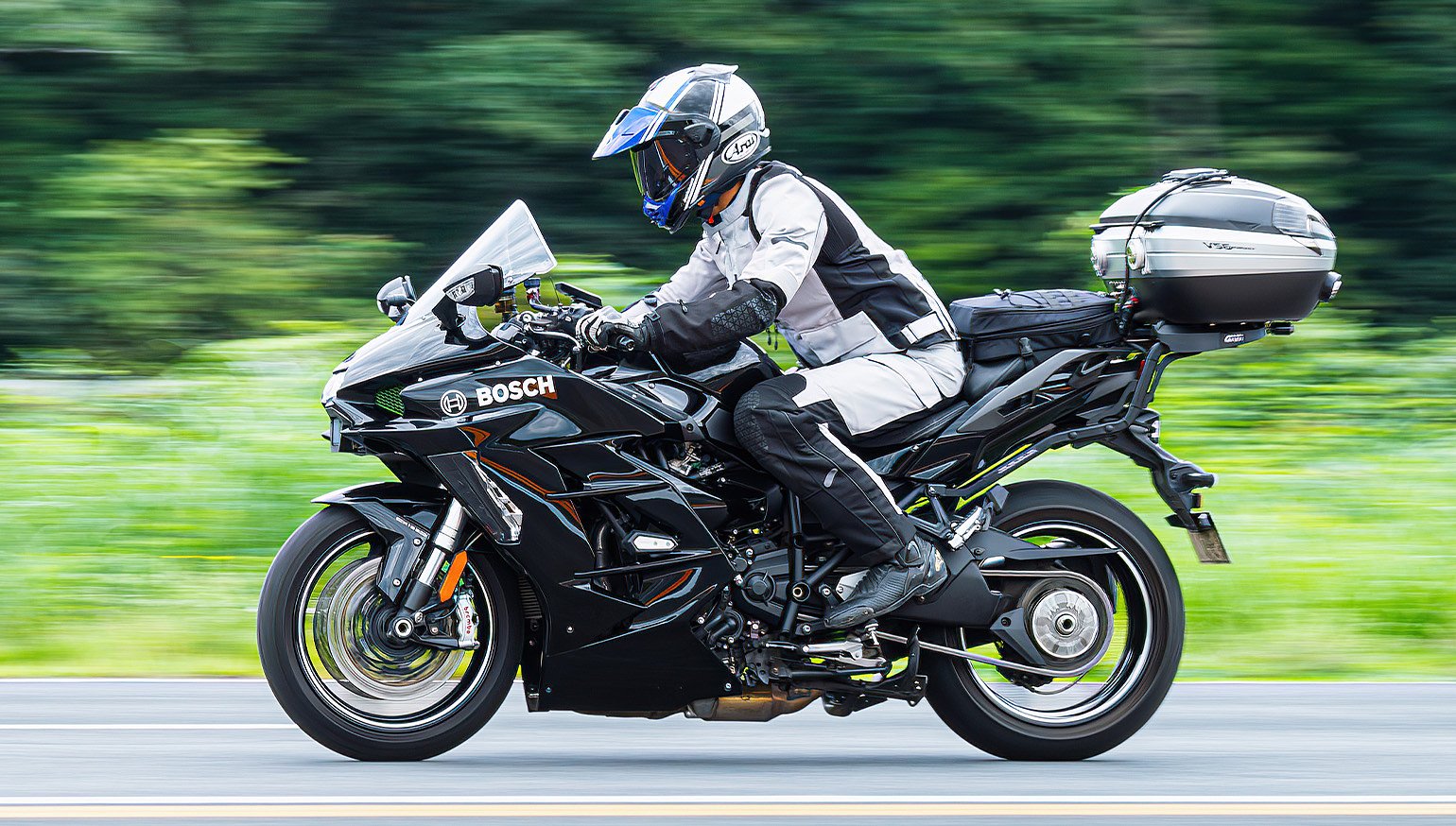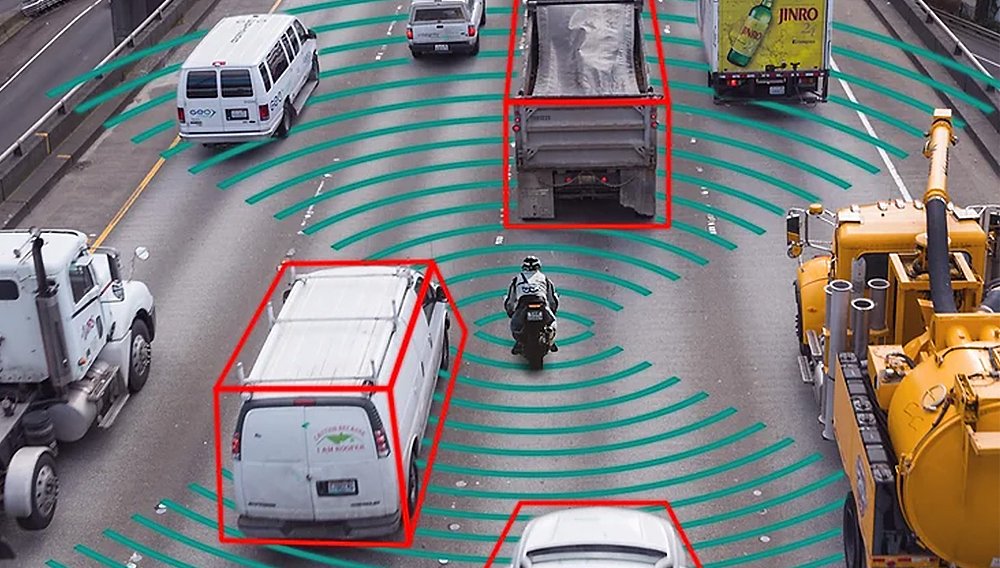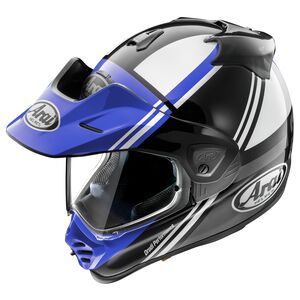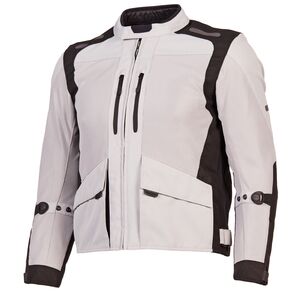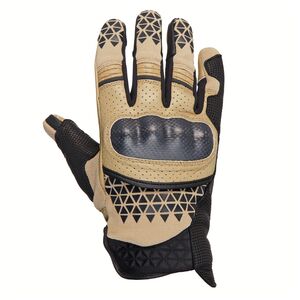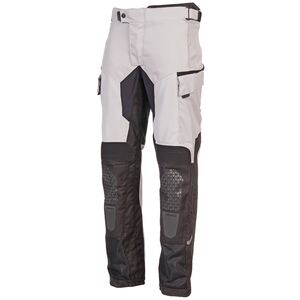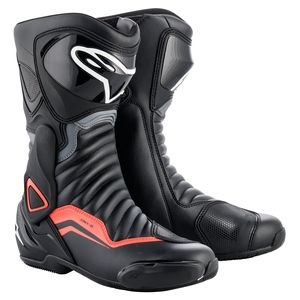I’m a proponent of self-driving cars (not including you, Tesla). To me, driving is little more than chore. It’s one task I’d happily delegate to a machine. One man’s AI overload is another man’s AI chauffeur. To-may-to, to-mah-to.
When it comes to motorcycles, I’m of a different mind. I don’t ride for practical purposes. I ride for enjoyment. Bosch was acutely aware of that distinction when developing its latest-generation Advanced Rider Assistance System (ARAS).
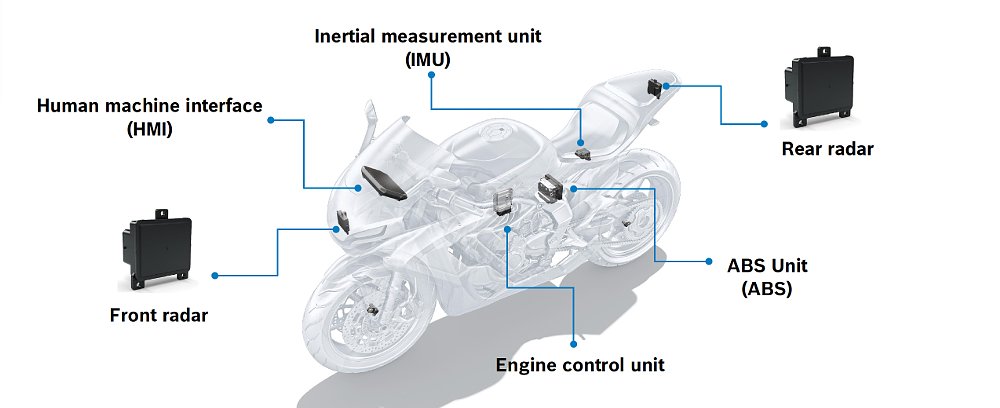
Introduced in 2020, the firm’s first radar-based rider aids included Adaptive Cruise Control (ACC), Blind Spot Detection (BSD), and Forward Collision Warning (FCW). The technology debuted on the 2021 Ducati Multistrada V4 S. In the years to follow, flagship tourers like the KTM 1290 Super Adventure S, Yamaha Tracer 9 GT+, and BMW R 18 Transcontinental all adopted the system.
That initial offering was an amuse-bouche to what Bosch is currently cooking up. If ARAS 1.0 was a three-course meal, the second-gen system would be a six-dish affair. As a taste test before the new semi-autonomous aids hit the market, Bosch welcomed a select group of motorcycle media outlets to its proving grounds in Japan’s Tochigi prefecture. Common Tread happened to be one of them.
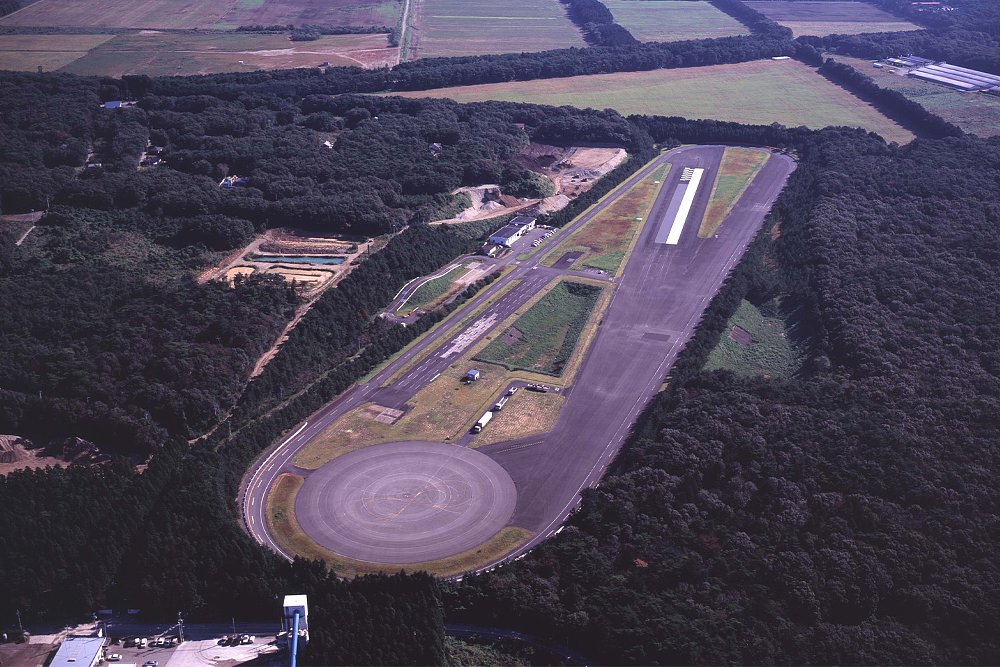
To my surprise, this press launch didn’t just highlight Bosch’s latest radar-driven tech. It also helped define my outlook on two-wheeled automation.
Konnichiwa, ARAS
Bosch understands that people ride motorcycles and drive cars for very different reasons. In the words of Geoff Liersch, President and Chief Engineer of Bosch’s Two-Wheeler Organization, “[Bosch doesn’t] want to take the fun out of the riding portion. The balance is always trying to bring more safety to motorcycle riders without limiting what you would normally do on a motorcycle.”
That’s why the six new ARAS functions focus on safety and comfort, not performance. To understand how the system achieves those objectives, we first need to examine the purpose of each feature:
- Adaptive Cruise Control Stop & Go (ACC S&G) is the next evolution of adaptive cruise control. The feature operates just like standard ACC — automatically decelerating when the front-facing radar detects an obstacle and accelerating when the lane clears — but it can also slow the motorcycle to a stop and accelerate away from a stop. Unlike base ACC, the function doesn’t disengage once the vehicle’s speed drops below a specified threshold (typically around 35 mph). To do so, ACC S&G requires an automatic transmission, as the system must downshift as it approaches a stop and upshift when pulling away. For safety reasons, the rider must initiate re-acceleration away from a stop by tapping a dedicated button on the left switchgear or slightly twisting the throttle.
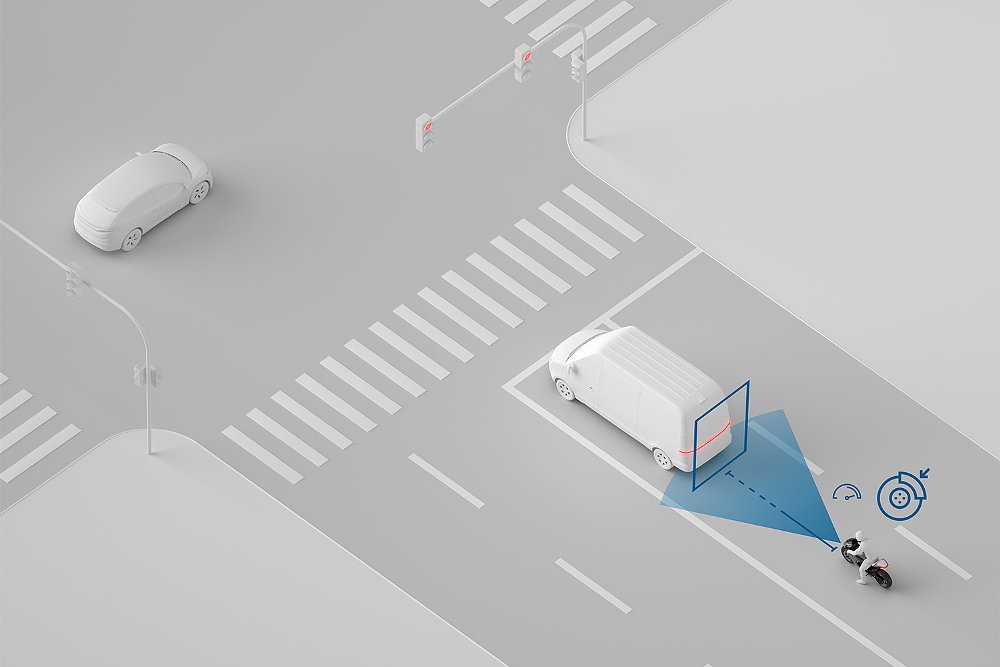
- Emergency Brake Assist (EBA) is activated when ARAS determines that the braking force isn’t adequate for the vehicle’s closing speed (measured by the front radar). If the user’s braking input isn’t enough to avoid a collision, the system applies additional braking pressure. It’s worth noting that the feature is a safety backup. EBA doesn’t automatically engage the brakes without the rider’s initial braking input.
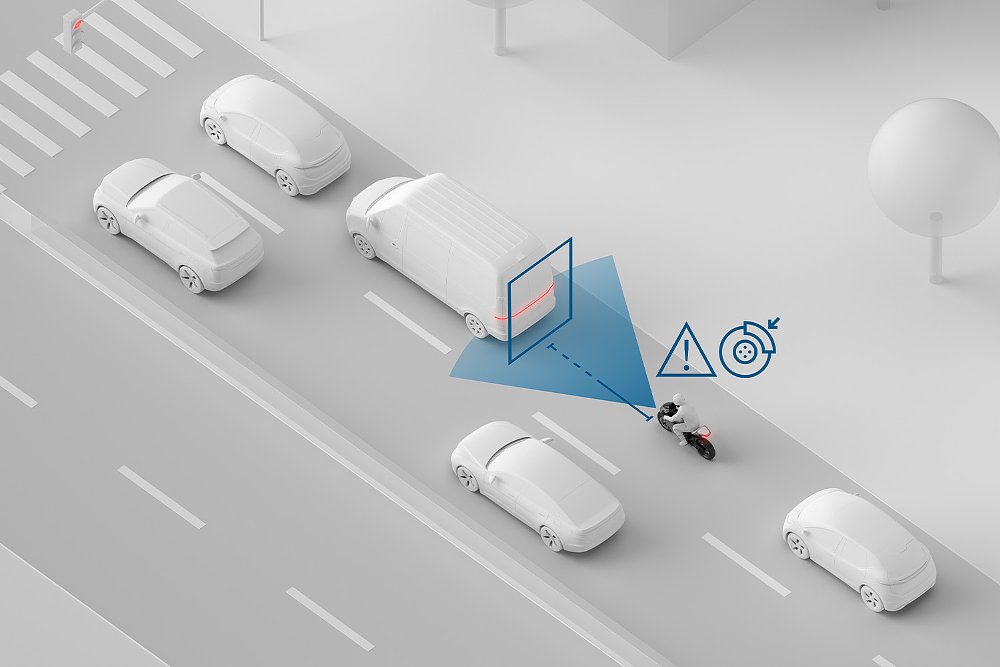
- Riding Distance Assist (RDA) maintains a buffer zone between you and the preceding vehicle by braking if you get too close. The user is still responsible for all throttle inputs. The system doesn’t accelerate or maintain speed when your path is unobstructed. According to Bosch, it’s most useful when unexpectedly encountering traffic on a winding road, as the radar system can detect slower-moving or stopped vehicles and assist with deceleration.
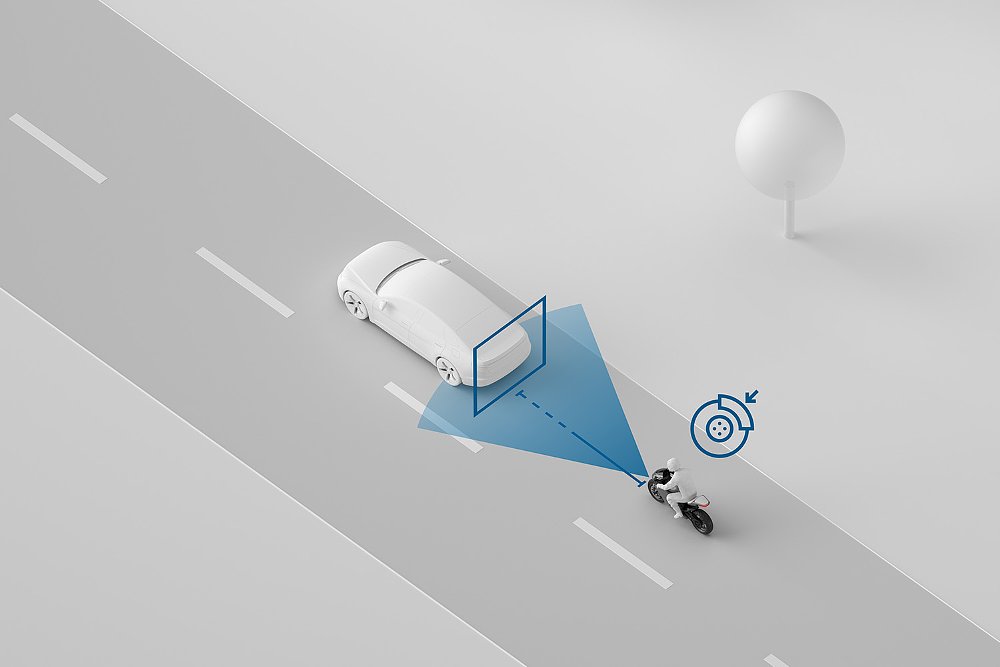
- Group Ride Assist (GRA) is another variant of ACC but Bosch calibrates it for single-track vehicles riding in a group formation. When initiated, the system automatically adjusts the motorcycle’s speed based on the distance between it and the closest group member. In a staggered formation, the front radar identifies both the nearest vehicle and the bike further ahead (traveling on the same side of the lane), but it keys on the closest rider for speed adjustments. If the group leader zooms ahead, GRA won’t push you past the rider to your right or left.
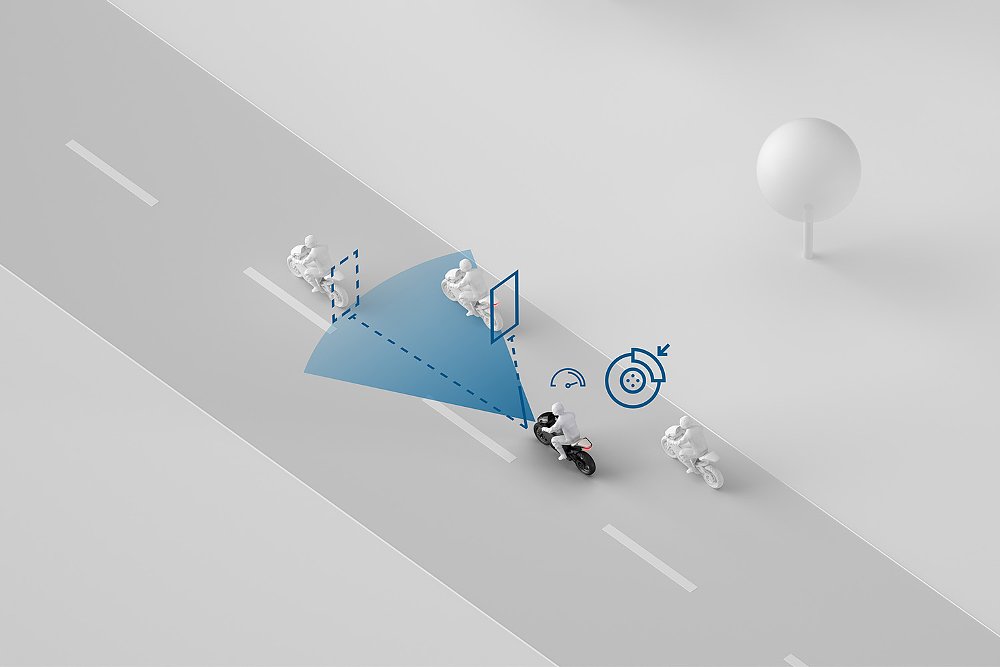
- Rear Distance Warning (RDW) utilizes the rear-facing radar to measure when a vehicle is following too closely and notifies the user via the TFT dash. This allows the rider to take evasive actions should they feel uncomfortable with the tailgating vehicle.
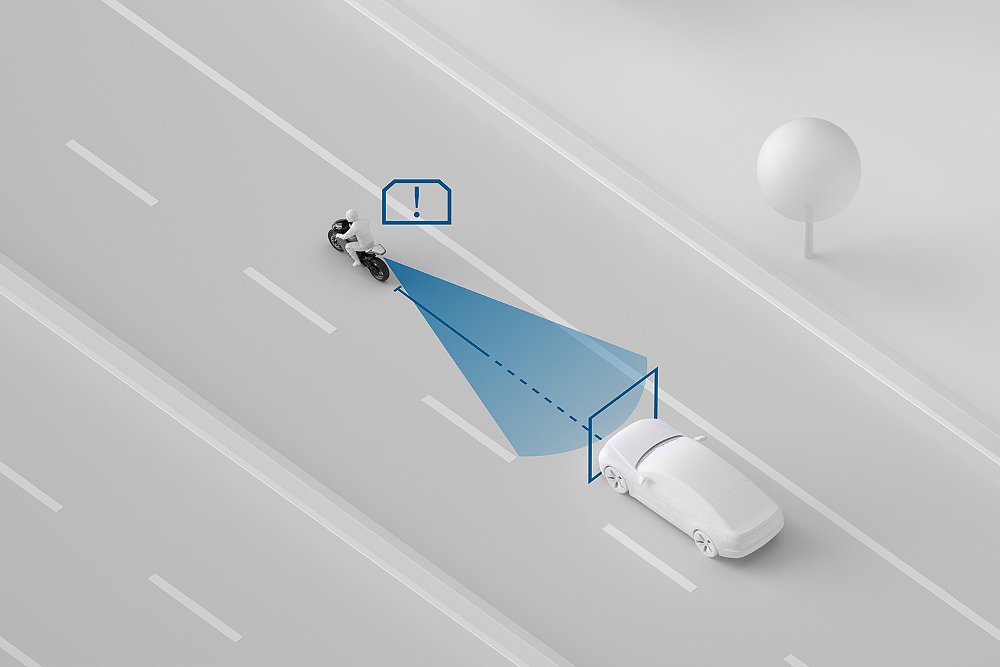
- Rear Collision Warning (RCW) also leverages the rear-facing radar to determine whether a rear-end collision is imminent. When triggered, the system flashes the motorcycle’s turn signals to try to get the following driver's attention.
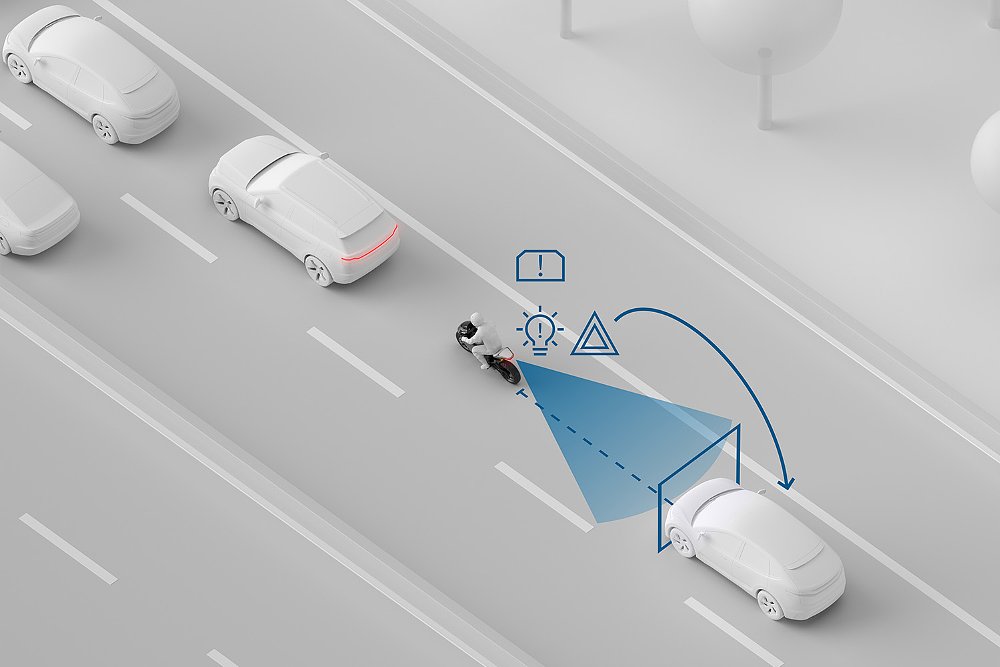
While Bosch’s top brass broke down each ARAS function in great detail, the company didn’t fly me halfway around the world just to listen to a presentation. The trip’s true purpose was to put all that new tech to the test. To do that, we took to the brand’s Shiobara test track and the rural roads surrounding it.
Along for the ride
I’m a big fan of cruise control. I often rely on it for all open-highway rides. The only thing I hate more than constantly holding the throttle is repeatedly adjusting cruise control settings. That’s why I fully embraced Adaptive Cruise Control when it debuted. From the Multistrada to the R 18 B, I haven’t met an ACC-equipped bike that I didn’t like. Unlike early traction control technology, the feature was both reliable and sophisticated right out of the gate. Simply put, it just worked.
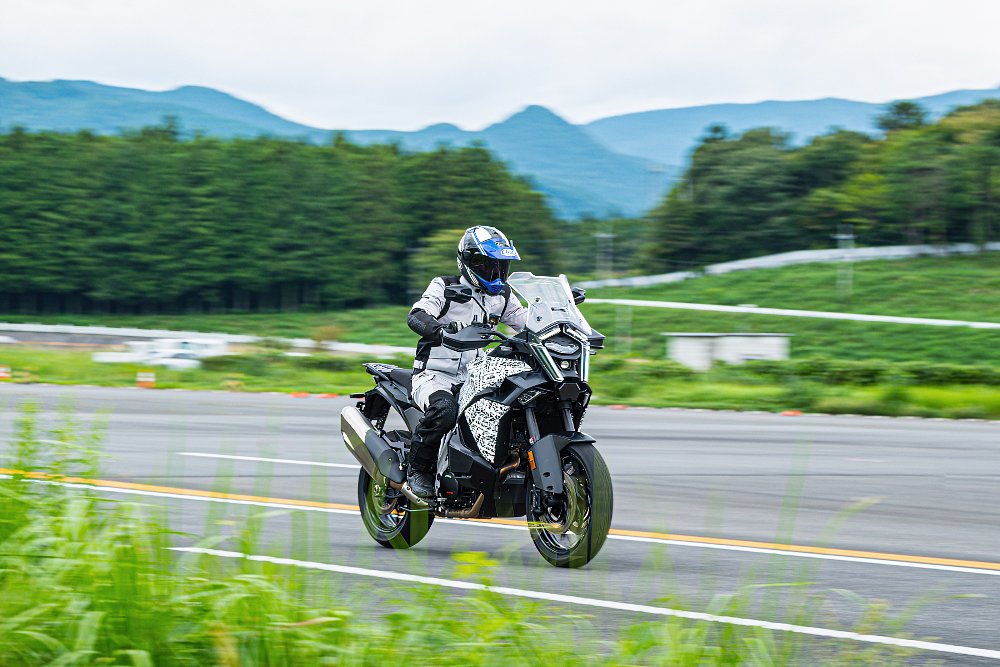
That’s a noteworthy tidbit because I was comfortable with ACC before ever testing ACC S&G. In order to showcase the function, Bosch had me follow a car aboard KTM’s AMT Prototype (similar to the AMT Prototype unveiled at this year’s Erzbergrodeo). Around the track, the function performed like standard ACC, maintaining a comfortable distance from the preceding vehicle by braking when the car braked and accelerating when it accelerated. That comes as no surprise, but ACC S&G’s real party trick is the “stop & go” part.
For that demonstration, I followed the same car onto a patch of pavement within the track’s interior. As the vehicle rolled to a stop, so too did the KTM. Once the car pulled away, I simply tapped the cruise control button, and away the bike went. (A colleague also noted that pressing the ACC switch before the car pulled off produced the same result.) In essence, S&G did what it’s supposed to do. It gradually slowed to a stop and gently reintroduced throttle. No hiccups. No surprises. Even KTM’s Automatic Manual Transmission (AMT) downshifted and upshifted right on cue. Still, the overall system has some room for improvement.
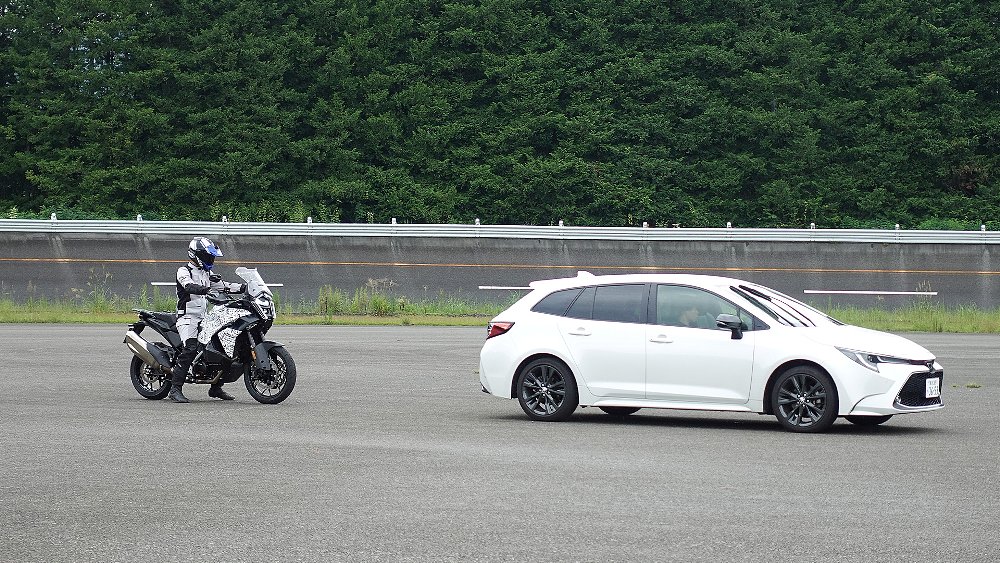
For instance, when following a vehicle around a curve, it’s best to remain aligned with its inside wheels. When I trailed behind the car’s outside track, the radar didn’t detect the vehicle as well, especially if my rate of steering didn’t match that of the car. This re-introduced acceleration at a time when it’s least safe: while turning and behind a vehicle. Aside from that particular scenario, the ACC S&G worked as expected. The system did 90% of the work. I was just along for the ride.
Pump your brakes
Testing ACC S&G required very little effort on my part, but I had to override my survival instincts to activate Emergency Brake Assist. Bosch prioritized safety when demonstrating EBA, so instead of following directly behind the test van, a foam ball attached to that vehicle functioned as my point of reference.
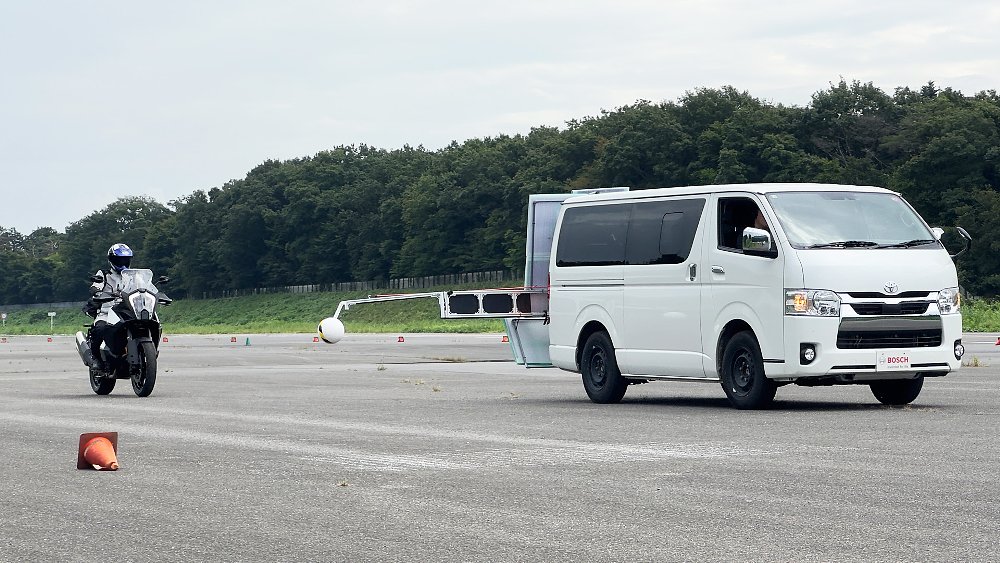
After allowing the van a head start, I was instructed to accelerate to 35 mph and sustain that speed. As the closing distance diminished, FCW flashed on the screen and two haptic pulses coursed through the pegs. That was my cue to slam on the brakes. And that I did. The only problem is that I braked too hard, which didn’t allow EBA to intervene.
If I learned anything during this demonstration, it’s that self-preservation is difficult to overcome. Attempt after attempt, I failed to engage EBA. To do so I needed to put my full trust in the system. That’s easier said than done when it means consciously under-braking. Only then did EBA kick in, suctioning the lever back to the handlebar and applying the necessary pressure to avoid a collision.
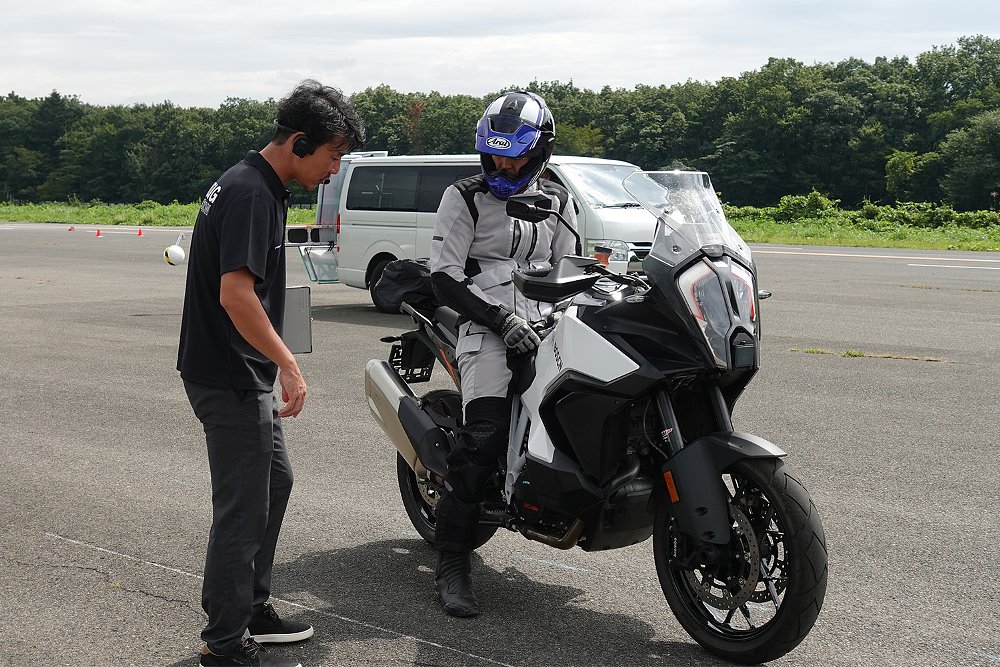
Yes, EBA is an effective feature. Like the best safety nets, it’s only apparent when it’s most needed. Otherwise, it goes unnoticed. What EBA truly revealed is my personal preference. I either want the bike to do all the work or none of it. There’s no in-between. Once I take over, I want the machine to get out of the way and stay out of the way. I shared those same sentiments for Riding Distance Assist.
In theory, RDA is an ideal riding aid. Who wouldn’t want an invisible force field surrounding the front of their motorcycle? Testing that hypothetical buffer zone sent us to the mountain roads around the Shiobara facility. With Comfort and Speed modes available, the system allows users to tailor RDA’s engagement point to a greater or lesser distance (respectively). No matter how fast I was traveling, both settings worked as advertised, slowing the bike as I approached the rear of the lead vehicle.
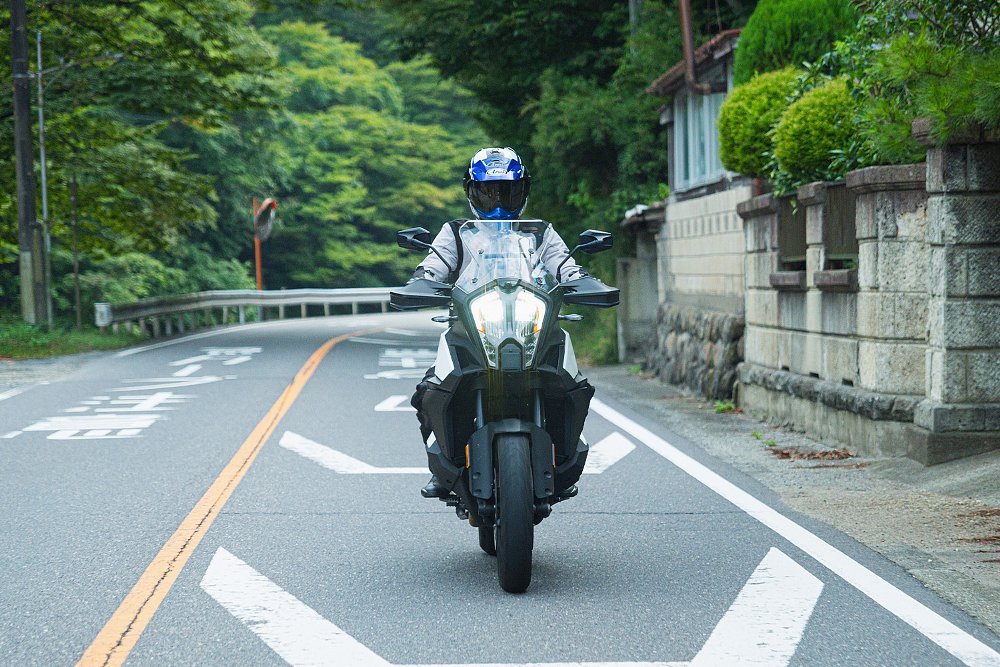
The only problem arose when remaining behind that lead vehicle. After RDA initially activates, users can override the system by re-introducing throttle. When that happens, a red light mounted on the handlebars illuminates, warning the rider that RDA is inactive. Even with the lead vehicle nearly 50 yards down the road, that red light illuminated every time I rolled on the gas. RDA only reset when the vehicle disappeared around a corner. That's why, if it were my bike, I'd probably just turn off the feature.
Like RDA, Group Ride Assist delivers on its main goal, but it can be tripped up as well. The front radar accurately detects multiple single-track vehicles within its range and adjusts the motorcycle’s speed accordingly. To do this, Bosch didn’t just alter its existing algorithms but also updated the underlying architecture. It’s an impressive undertaking with equally impressive results. That doesn’t mean it’s foolproof.
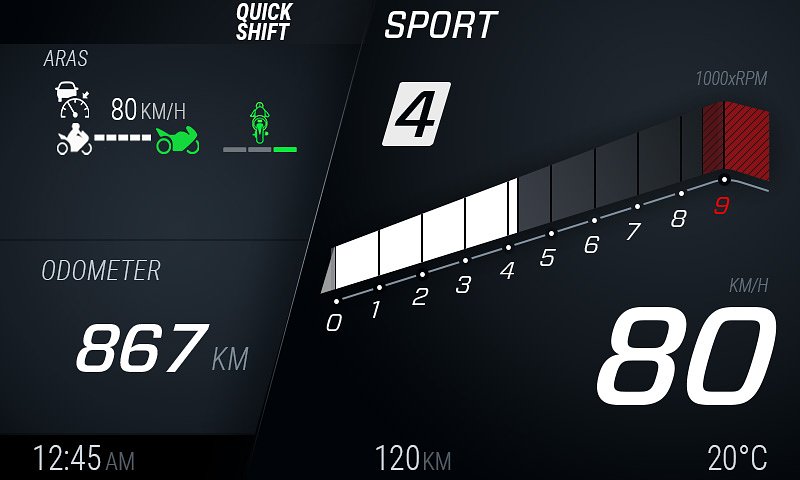
In one instance, I followed behind the group at around 65 mph with the bike’s GRA speed set to 75 mph. Once I merged into the left lane — splitting away from the other riders — the motorcycle sped up to 75 mph, as it should. Then, I suddenly ducked back into formation, but the system already switched out of GRA and into standard ACC.
That’s because it no longer identified two single-track vehicles when I changed lanes. Once out of GRA, it doesn’t automatically revert to the mode when the bike is amongst other motorcycles again. To re-engage GRA, I deactivated standard ACC (by brushing the brakes), and reset cruise control behind the other two riders. It’s a simple fix, but in future iterations, I’d love to see the system automatically adjust in real-time.
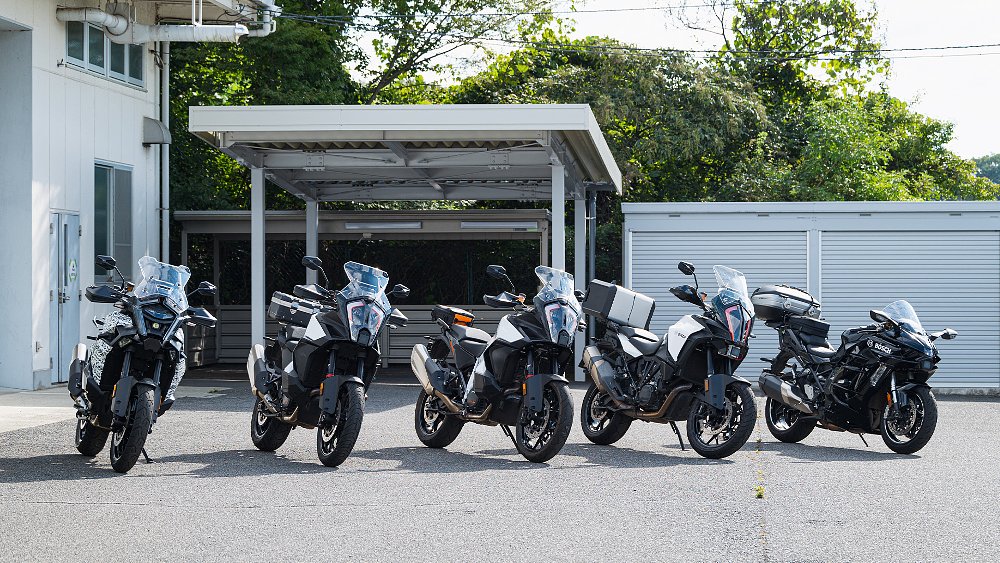
What next?
In less than five years, Bosch’s ARAS suite has exponentially expanded in both scale and sophistication. Throughout testing, each feature proved just how advanced the technology has become. At the same time, I fully expect Yokohama-based team to further refine the system in the years to come. ARAS development shows no signs of slowing down, especially under the Bosch banner.
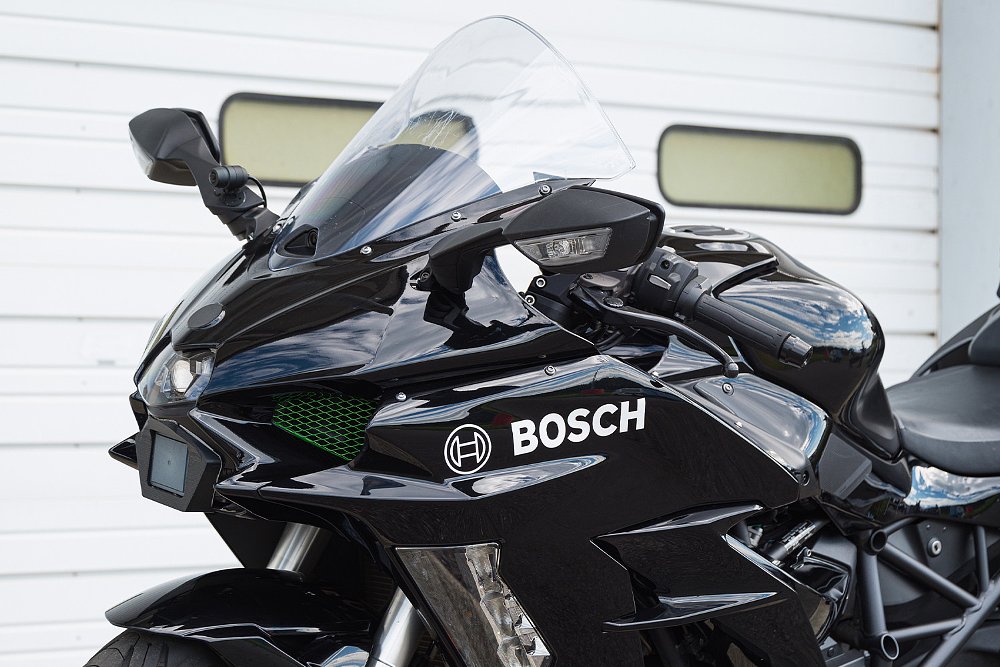
Before wrapping up the testing day, the R&D team afforded me the opportunity to ride a prototype outfitted with its future technologies. I may not be at liberty to discuss the innovations in great detail, but I can say that more automation is on the horizon. Bosch made it abundantly clear that you can’t automate fun. After all, ARAS isn’t ADAS (Advanced Driving Assistance Systems for cars). Still, the gap between the two is shrinking. Whether or not that’s a good thing is a question that many motorcyclists will need to confront in the future. At the current rate of ARAS development, that future may be sooner than later.


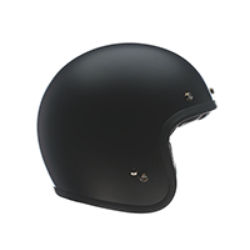

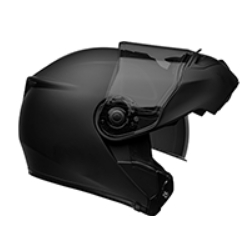

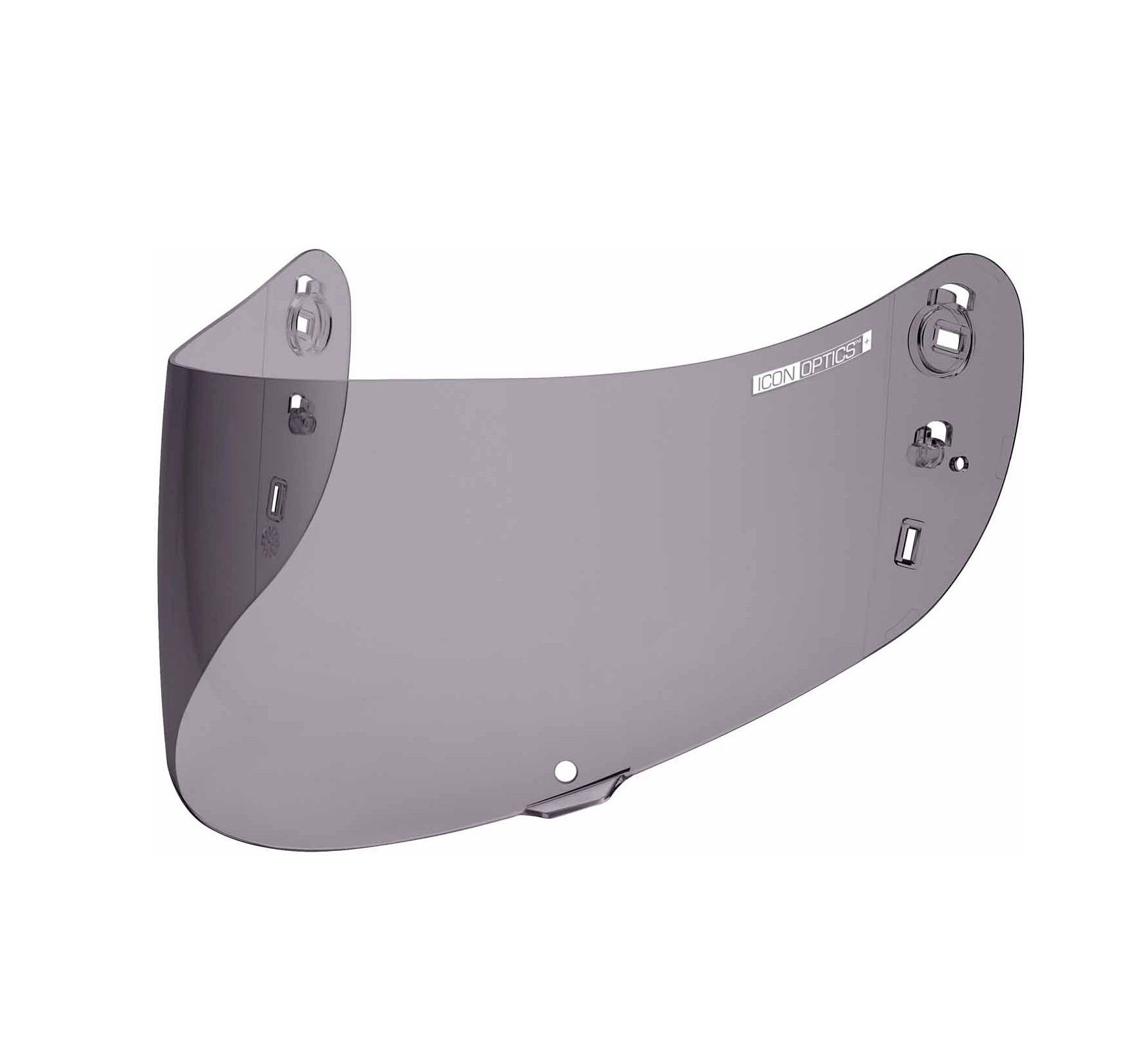
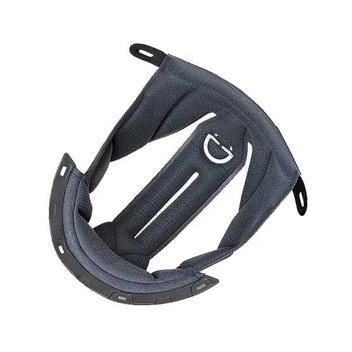
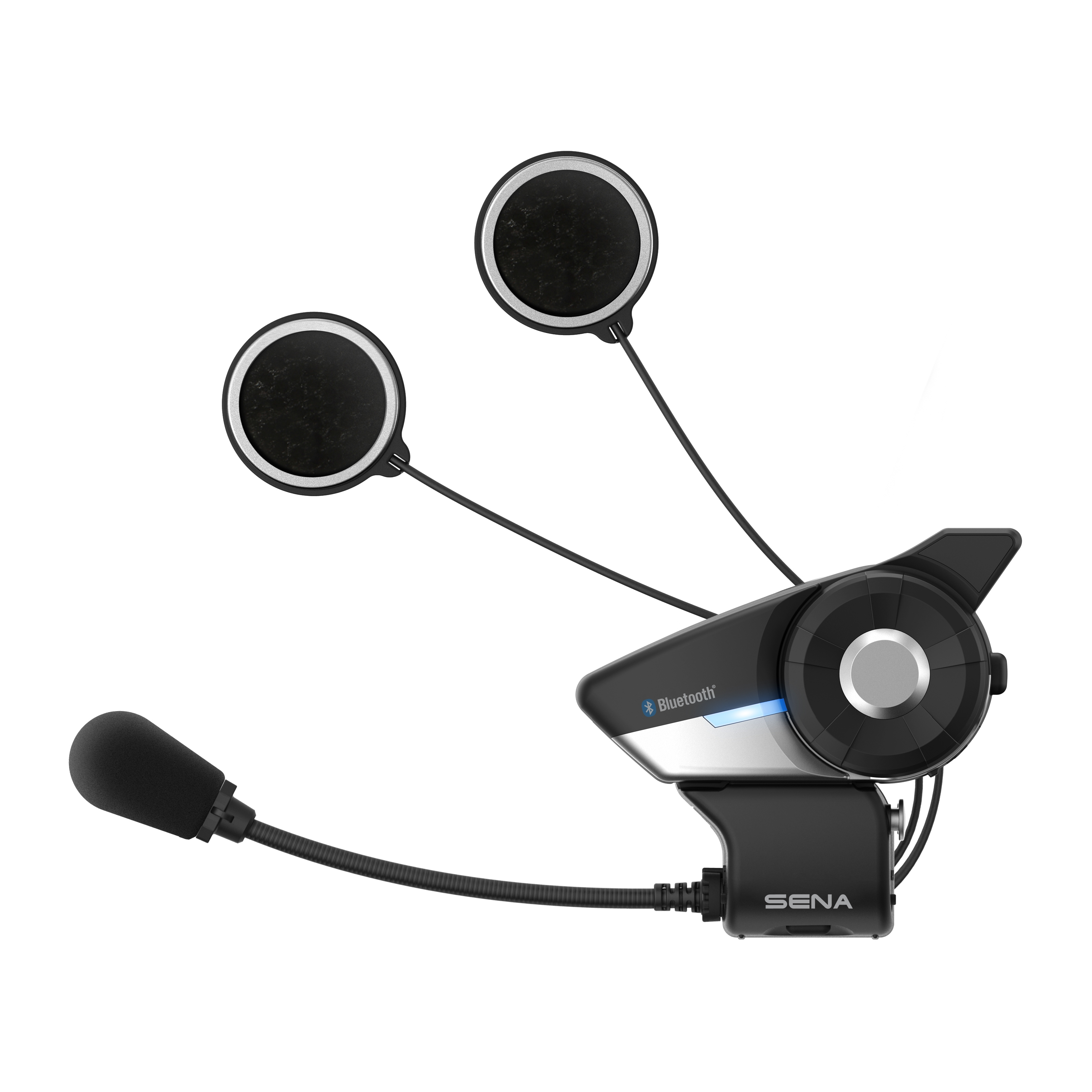


 Membership
Membership

